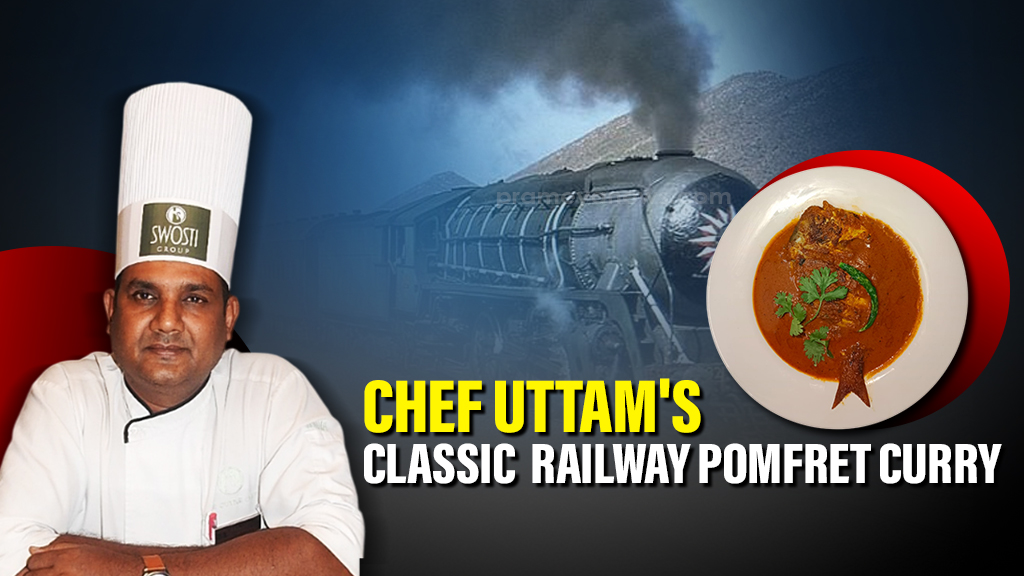

A Culinary Classic: The Railway Pomfret Curry
The annals of Indian cuisine are rich with dishes born from unique historical circumstances, and among the most evocative is the Railway Mutton Curry. This iconic preparation, a staple of long train journeys during the British Raj, was famed for its harmonious blend of Indian spices and Anglo-Indian culinary sensibilities, often milder to suit diverse palates yet robust in flavor. Today, this culinary legacy finds a new expression in the "Classic Railway Pomfret Curry," a thoughtful creation by Chef Uttam, the Executive Chef at Swosti Grand. This innovative dish skillfully adapts the beloved "Railway" style for seafood enthusiasts and those who may not prefer mutton, promising a similarly satisfying and nostalgic experience.
The original Railway Mutton Curry emerged from the necessity of providing hearty, palatable meals in the dining cars and refreshment rooms of India's burgeoning railway network. It was a culinary meeting point, characterized by its relatively subtle yet complex spice profile, often featuring potatoes and a slow-cooked tenderness. The evolution to a fish-based counterpart, like the Pomfret Curry, reflects a natural progression in a culinary landscape that values both tradition and innovation. Chefs like Uttam, recognizing the enduring appeal of the "Railway" curry's character, have adapted its core principles to other proteins. Pomfret, a prized fish known for its delicate texture and subtle sweetness, serves as an excellent medium for this transformation, offering a lighter yet equally flavorful rendition of the classic.
Crafting the Classic Railway Pomfret Curry
The preparation of Chef Uttam's Classic Railway Pomfret Curry is a careful orchestration of fresh ingredients and balanced spices, designed to honor its namesake while highlighting the qualities of the fish.
A Symphony of Senses
The Classic Railway Pomfret Curry, as envisioned by Chef Uttam, aims to engage all the senses. The aroma is likely a captivating blend of tempered spices, the subtle fragrance of fried fish, and the fresh top notes of coriander. The flavor profile is anticipated to be a delicate balance – the savory depth from the onions and tomatoes, the earthy warmth of coriander and cumin, a gentle heat from the chilies, and the unique hint of kalonji, all enrobing the mild, sweet flesh of the pomfret. The texture should be delightful, with the flaky, tender fish contrasting with the smooth, rich curry.
Traditionally, and fittingly, this Pomfret curry is best enjoyed with hot steamed rice, allowing the rice to soak up the flavorful gravy. This dish not only pays homage to a significant chapter in Indian culinary history but also offers a refined and accessible way for contemporary diners to experience its enduring charm. It stands as a testament to how classic recipes can be thoughtfully evolved to cater to diverse preferences while retaining their soulful essence.